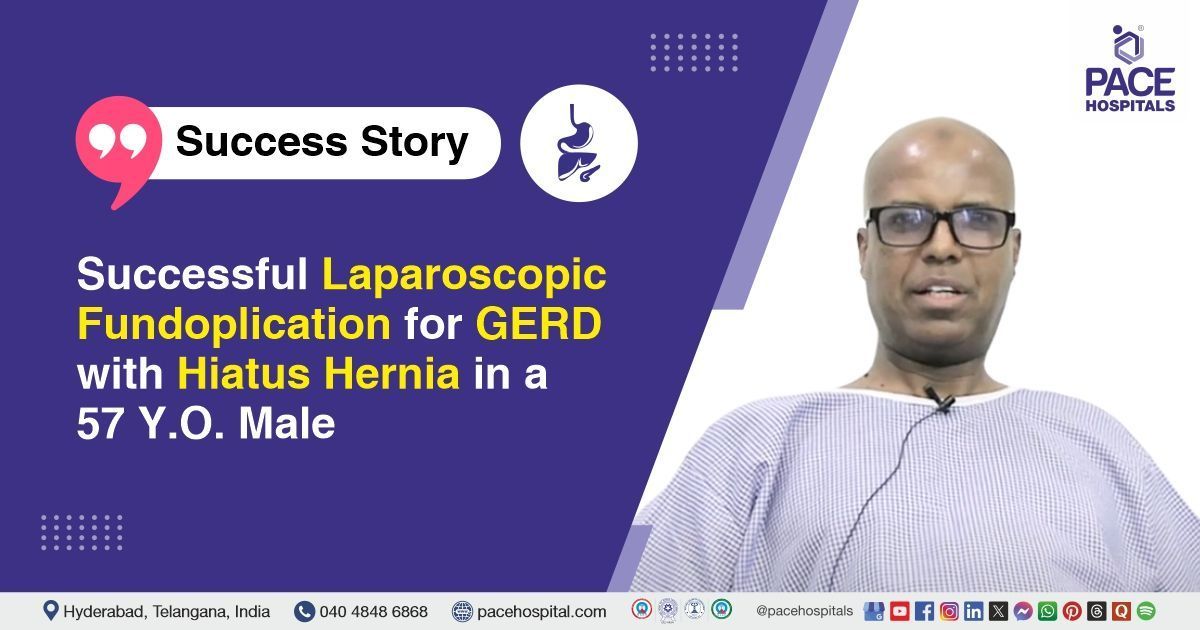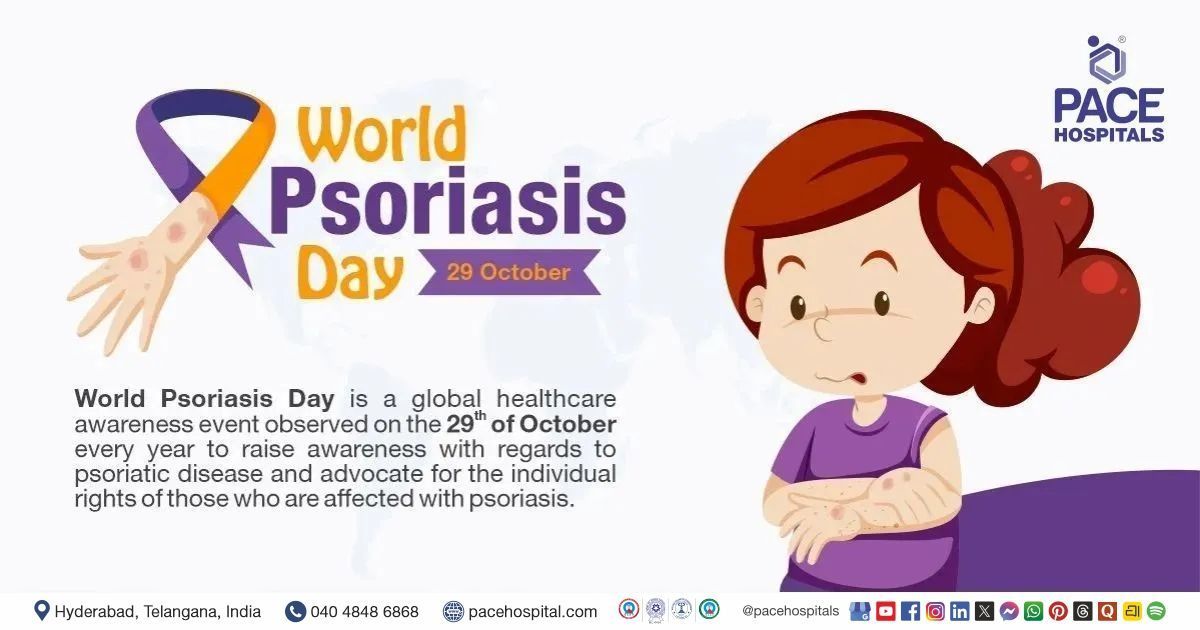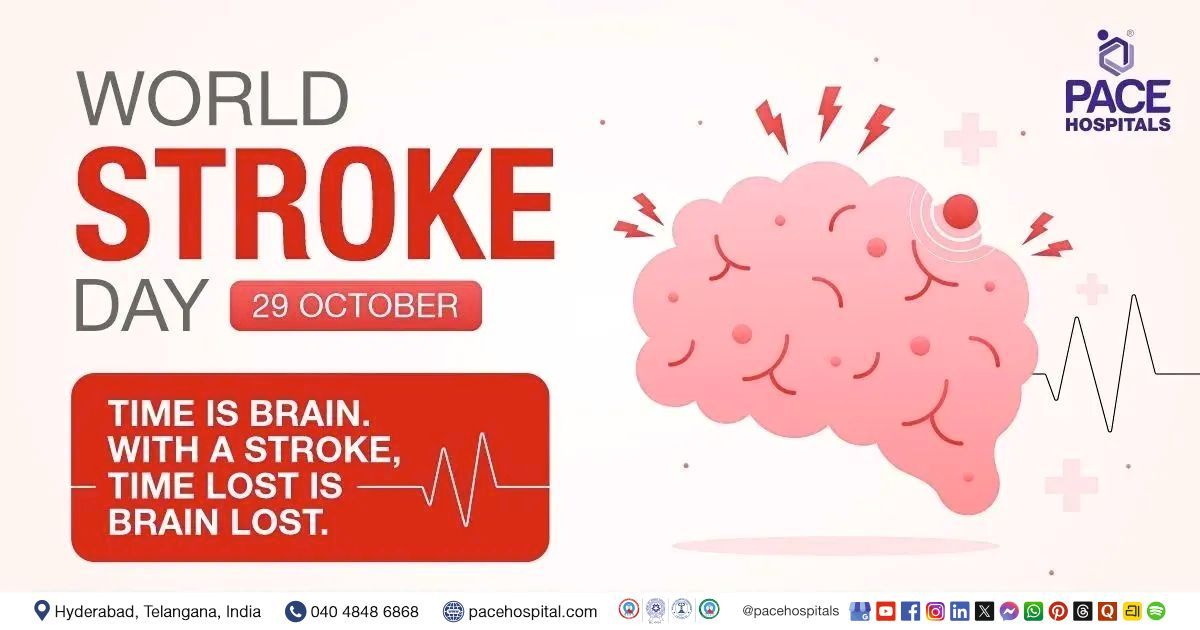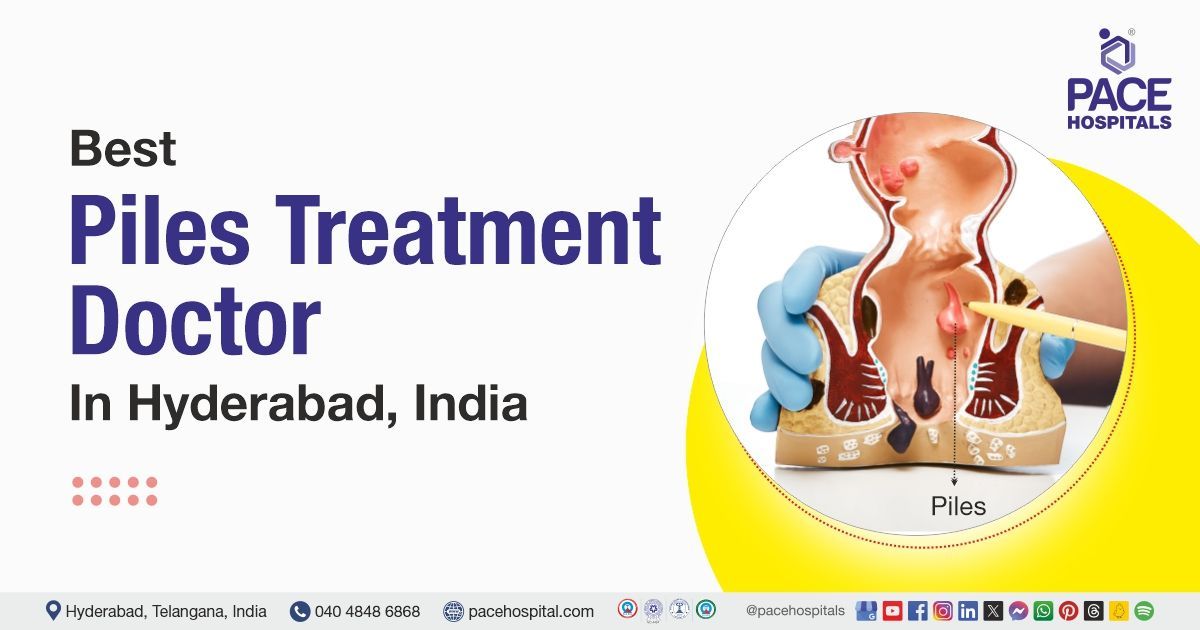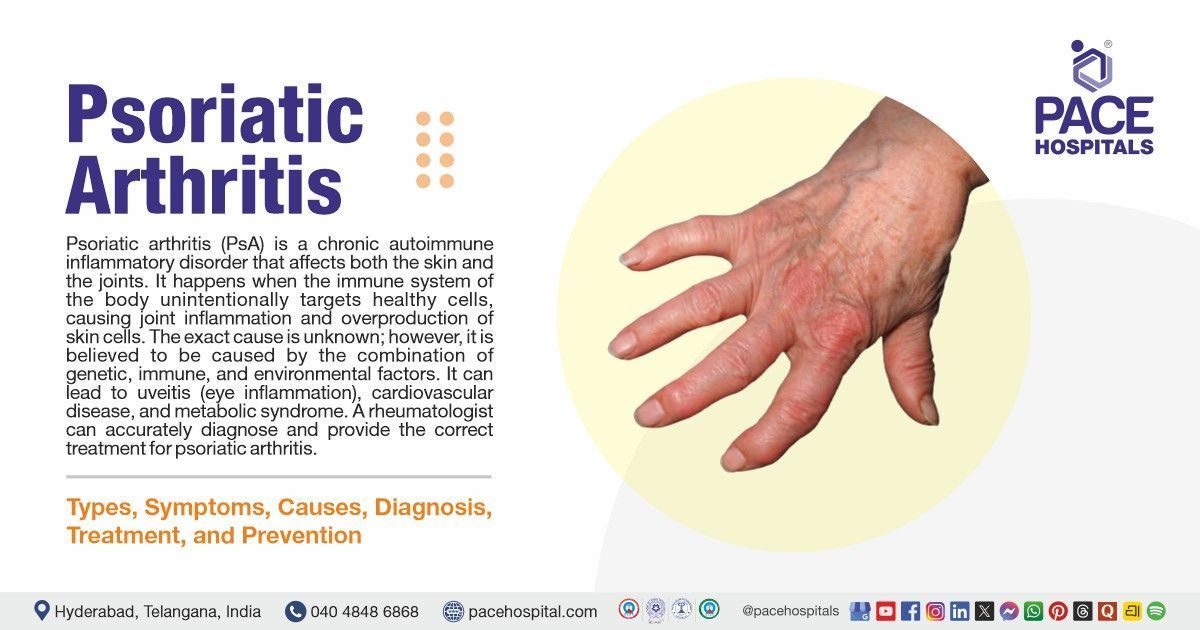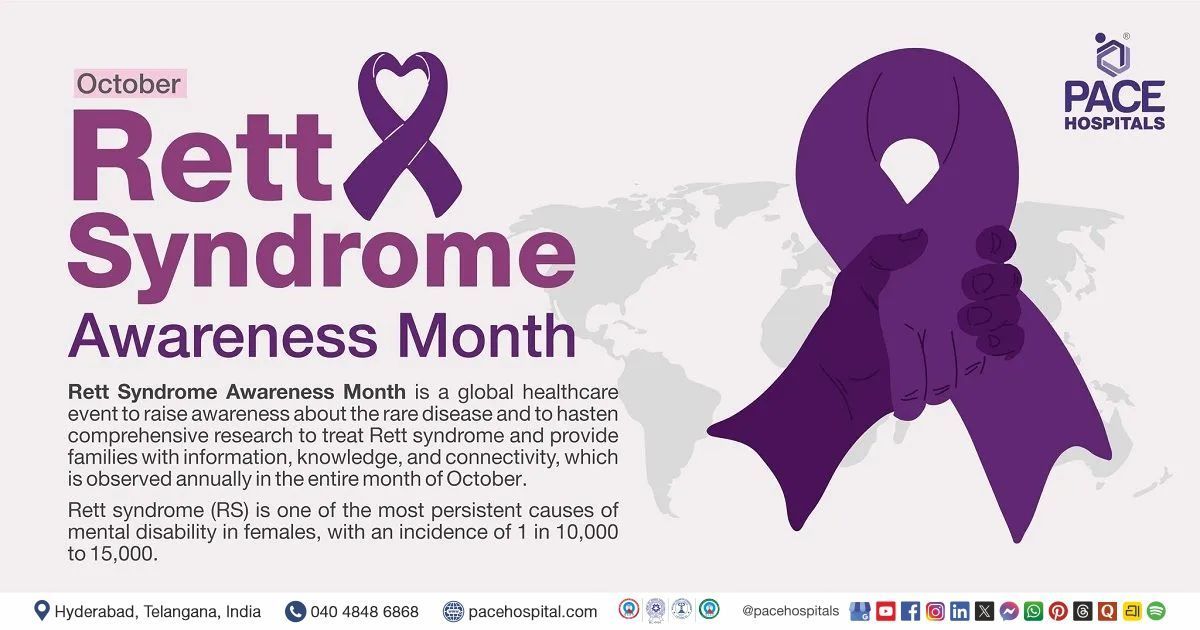Successful Laparoscopic Fundoplication for GERD with Hiatus Hernia in a 57 Y.O. Male
PACE Hospitals’ expert Gastroenterology team successfully performed a
Laparoscopic Fundoplication on a 57-year-old male patient diagnosed with Gastroesophageal Reflux Disease (GERD) and a Hiatal Hernia. The procedure was aimed at strengthening the lower esophageal sphincter to prevent acid reflux and alleviate the patient’s symptoms, thereby improving overall quality of life.
Chief Complaints
A 57-year-old male patient with a
body mass index (BMI) of 21.2 presented to the Gastroenterology Department at
PACE Hospitals, Hitech City, Hyderabad, with a chief complaint of epigastric burning persisting for the past 30 years, which had worsened over the last 2–3 years.
Past Medical History
The patient had a history of coronary artery disease (CAD), a condition characterized by reduced blood flow to the heart muscle due to plaque buildup in the coronary arteries. He was on regular cardiac medications and managed conservatively prior to the current admission.
On Examination
On examination, the patient was conscious and coherent, and oriented with stable vital signs. He was hemodynamically stable with no signs of respiratory distress. Abdominal examination revealed a soft, non-tender abdomen without any palpable masses or organomegaly. There was no guarding or rigidity. The cardiovascular and respiratory systems were within normal limits. The clinical findings supported the diagnosis requiring surgical management.
Diagnosis
Upon admission, the patient underwent a comprehensive clinical evaluation, along with a detailed review of his medical history and presenting symptoms by the Gastroenterology team.
To support the clinical findings, laboratory and diagnostic investigations were performed as part of the preoperative assessment. Imaging and operative findings confirmed the presence of a small hiatal hernia contributing to his symptoms. No abnormalities were noted in baseline blood work or other relevant investigations.
Based on the confirmed diagnosis, the patient was advised to undergo
Hiatus Hernia and
Gastroesophageal Reflux Disease (GERD) Treatment in Hyderabad, India, under the expert care of the Gastroenterology Department.
Medical Decision Making
After a detailed consultation with Dr. Govind Verma, Interventional Gastroenterologist, and cross consultations with Dr. M Sudhir, Dr. Padma Priya and Dr. Suresh Kumar S, a comprehensive evaluation was conducted to determine the most appropriate diagnostic and therapeutic approach. Considering the patient’s long-standing history of epigastric burning and significantly worsened over the past 2–3 years, the team assessed the severity of symptoms, failure of medical management, and the anatomical presence of a small sliding hiatal hernia, which could contribute to progressive gastroesophageal reflux disease (GERD).
Further clinical examination and diagnostic assessments confirmed the diagnosis of GERD with a small hiatal hernia. It was determined that laparoscopic fundoplication was identified as the most effective surgical approach to correct the hiatal hernia, control reflux symptoms, and prevent recurrence or further complications.
The patient and his family were informed about the severity of the condition, the surgical procedure, its associated risks, and the expected outcomes, including symptomatic relief and improved quality of life.
Surgical Procedure
Following the decision, the patient was scheduled for Laparoscopic Fundoplication Surgery in Hyderabad at PACE Hospitals, under the expert care of the Gastroenterology Department.
The following steps were carried out during the procedure:
- Exposure and Identification: After achieving pneumoperitoneum and trocar placement, the pars flaccida was opened to access the esophageal hiatus. The right crus of the diaphragm was identified, and careful dissection was performed to mobilize the lower esophagus, providing adequate intra-abdominal length for the fundoplication.
- Hiatal Hernia Assessment: A small sliding hiatal hernia was identified during dissection. This confirmed the anatomical basis for the patient’s chronic GERD symptoms and validated the need for surgical correction.
- Crural Repair: The diaphragmatic crura were approximated using 2-0 Ethibond sutures to perform a posterior crural repair. This step narrowed the widened esophageal hiatus to prevent recurrence of the hernia and provide a stable anchoring site for the fundoplication.
- Fundus Mobilization and Wrap Formation: The gastric fundus was fully mobilized by dividing the short gastric vessels, allowing tension-free construction of the wrap. A 2 cm loose fundal wrap (Nissen fundoplication) was created around the lower esophagus using the shoe-shine maneuver to ensure proper positioning and avoid twisting or constriction.
- Fixation of the wrap: The completed wrap was securely fixed to the repaired hiatus to prevent migration. The position and tightness of the wrap were confirmed to ensure effective reflux control without causing
dysphagia. Hemostasis was verified, and the procedure was concluded without complications.
Postoperative Care
The procedure was uneventful, and the patient’s postoperative recovery was satisfactory. During the hospital stay, the patient was managed with intravenous fluids, pain control medications, and supportive care. He tolerated a liquid diet and showed no signs of complications. The patient was discharged in a hemodynamically stable condition with appropriate discharge instructions.
Discharge Medications
The patient was discharged on a regimen that included a proton pump inhibitor to suppress gastric acid and control reflux symptoms, along with a prokinetic agent to enhance gastrointestinal motility. A fiber supplement was prescribed to promote regular bowel movements and prevent constipation. An antispasmodic medication was provided to alleviate any abdominal cramps or spasms. An antiemetic was advised to be used as needed for nausea or vomiting.
Additionally, the patient was continued on a digestive enzyme supplement to support optimal digestion, as well as ongoing cardiac medications for the management of coronary artery disease. A vitamin and mineral supplement was also included to aid in overall recovery and nutritional support.
Dietary Advice
The patient was advised to follow a liquid diet for one week to ensure gentle digestion and promote healing.
Emergency Care
The patient was informed to contact the emergency ward at PACE Hospitals in case of any emergency or development of symptoms like fever, abdominal pain, or vomiting.
Review and Follow-up Notes
The patient was advised to return for a follow-up visit after one week with the Gastroenterologist in Hyderabad at PACE Hospitals, to review his condition.
Conclusion
This case highlights the successful management of long-standing GERD complicated by a small hiatal hernia through laparoscopic fundoplication. The patient experienced significant symptom relief with no perioperative complications. Multidisciplinary care and appropriate surgical intervention contributed to a stable postoperative recovery and improved quality of life.
The Importance of Surgical Management in Chronic GERD with Hiatal Hernia
Chronic gastroesophageal reflux disease (GERD), especially when complicated by a hiatal hernia, can lead to persistent symptoms and reduced quality of life. While medical treatment often provides symptom relief, it may not address the underlying anatomical cause. Surgical intervention, particularly minimally invasive procedures like laparoscopic fundoplication, plays a crucial role in restoring normal anatomy and function. Close collaboration with a
Gastroenterologist / Gastroenterology doctor ensures accurate diagnosis and optimal timing for surgery. This approach not only alleviates symptoms but also helps prevent long-term complications and reduces the need for ongoing medication.
Share on
Request an appointment
Fill in the appointment form or call us instantly to book a confirmed appointment with our super specialist at 04048486868

